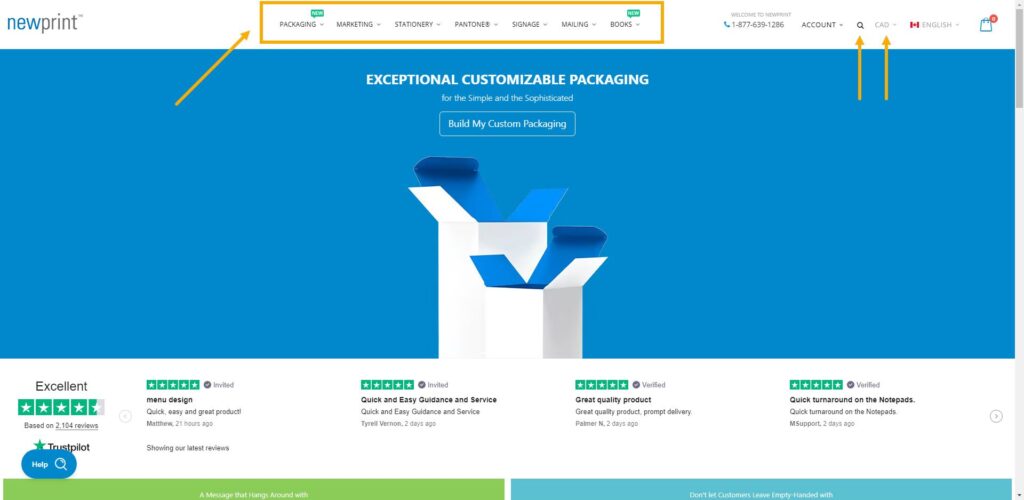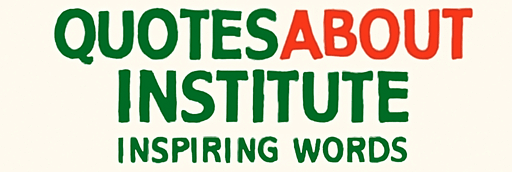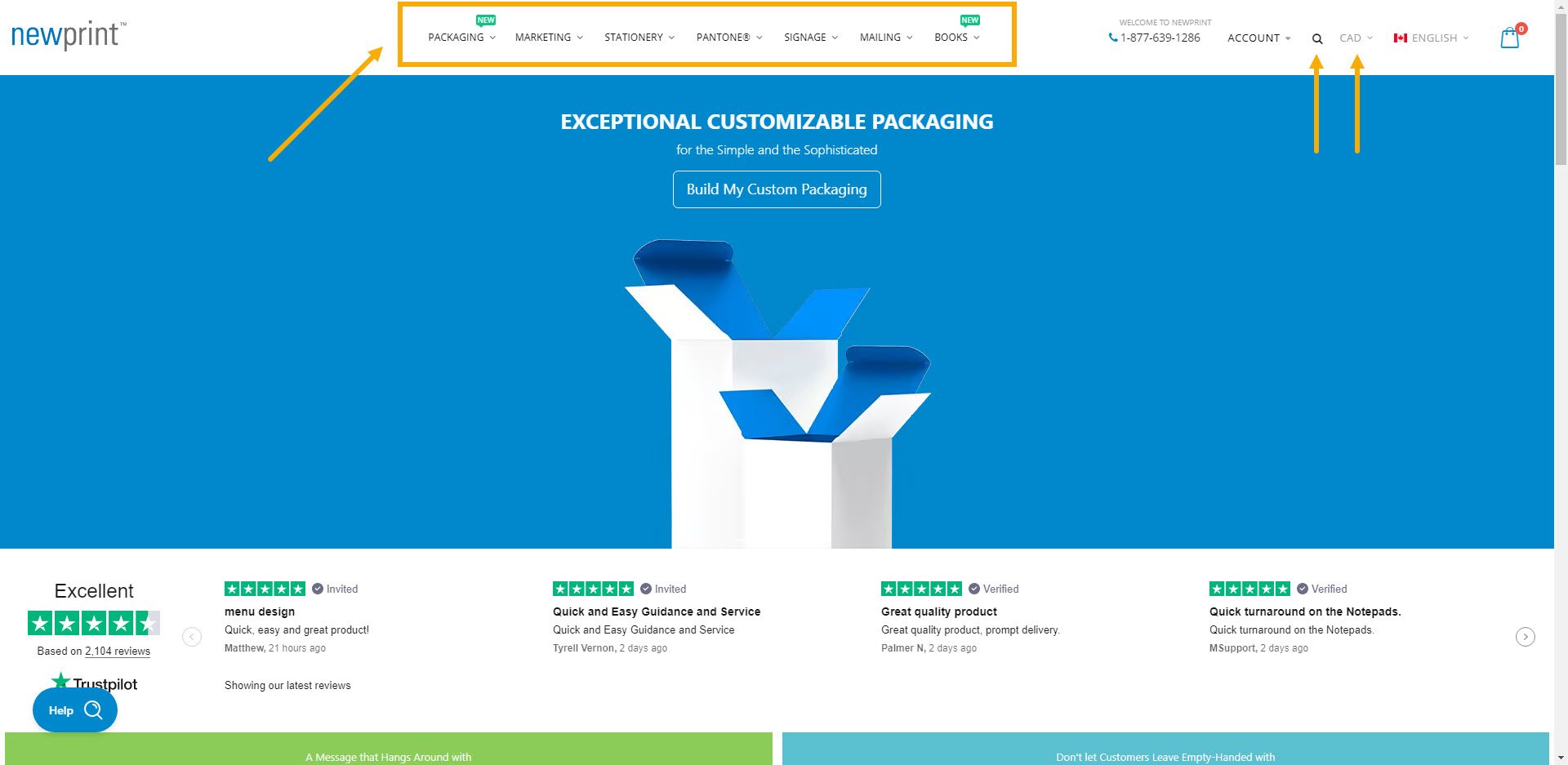
Decoding the Printing Quote: A Comprehensive Guide for Informed Decisions
In the bustling world of print, understanding the nuances of a printing quote is paramount. Whether you’re a seasoned marketing professional, a small business owner, or an individual looking to create personal projects, navigating the complexities of a printing quote can often feel daunting. This comprehensive guide aims to demystify the process, empowering you to make informed decisions that align with your budget and project goals. We will break down the components of a printing quote, explore factors influencing pricing, and provide practical tips for comparing quotes effectively. The goal is to equip you with the knowledge to confidently secure the best value for your printing needs. This is especially important in today’s competitive market, where every dollar counts.
Understanding the Anatomy of a Printing Quote
A printing quote isn’t just a number; it’s a detailed breakdown of the costs associated with bringing your project to life. Understanding these components is crucial for identifying potential areas for cost savings and ensuring transparency from your print provider. Key elements typically include:
- Paper Stock: This is often the most significant cost factor. The type of paper (e.g., gloss, matte, uncoated), its weight (measured in pounds or GSM), and its color all influence the price. Consider the purpose of your printed material. A glossy finish might be suitable for brochures, while a more textured, uncoated paper might be preferred for business cards.
- Printing Process: The method used to transfer ink onto paper impacts the cost. Common methods include offset printing (ideal for large quantities and high-quality results), digital printing (suitable for short runs and on-demand printing), and specialty printing techniques like letterpress or screen printing.
- Ink and Color: The number of colors (e.g., full-color CMYK, spot colors) significantly impacts the price. Using more colors generally increases the cost. Spot colors, which are pre-mixed inks, can also add to the expense.
- Quantity: The number of items you need printed directly affects the cost per unit. Generally, the more you print, the lower the unit cost, thanks to economies of scale. However, consider your actual needs to avoid overstocking.
- Size and Dimensions: The size of the printed piece (e.g., A4, letter size, custom dimensions) affects the amount of paper used and the printing process.
- Finishing Options: These include elements like binding (e.g., saddle stitch, perfect binding, spiral binding), folding, cutting, die-cutting (creating custom shapes), laminating, and other special effects. Each finishing option adds to the overall cost.
- Artwork and Design: Some printers offer design services, which will be included in the quote. If you provide your own artwork, ensure it meets the printer’s specifications to avoid additional charges for file correction.
- Shipping and Delivery: The cost of shipping the printed materials to your location should be clearly outlined. Consider the delivery timeframe and any associated rush fees.
- Setup and Plate Charges: For offset printing, there are setup charges related to preparing the printing plates. These are often a fixed cost per job.
Factors Influencing Printing Quote Pricing
Several factors beyond the basic components influence the final price of a printing quote. Being aware of these factors can help you anticipate costs and potentially negotiate better terms.
- Complexity of the Project: Projects with complex designs, intricate finishing requirements, or unusual paper stock will naturally be more expensive.
- Turnaround Time: Rush jobs often incur additional charges. If your project has a flexible deadline, you may be able to save money by allowing for a longer production time.
- Printer’s Location: Printing costs can vary depending on the geographical location of the printer. Consider printers in your local area to potentially save on shipping costs.
- Printer’s Technology and Equipment: Printers with advanced technology and equipment may be able to offer higher quality and faster turnaround times, but potentially at a higher price point.
- Market Demand: The demand for printing services can fluctuate, impacting prices. During peak seasons, such as the holiday period, prices may be higher.
Getting and Comparing Printing Quotes: A Step-by-Step Guide
Obtaining and comparing printing quotes effectively is a critical step in making the right decision. Here’s a practical guide to help you through the process:
- Define Your Project: Clearly outline your project requirements, including the type of printed material, size, quantity, paper stock specifications, colors, finishing options, and any specific design elements. The more detail you provide, the more accurate your quotes will be.
- Research Potential Printers: Identify potential printers based on their reputation, experience, and the types of services they offer. Online directories, industry associations, and recommendations from colleagues can be helpful resources.
- Request Quotes: Contact several printers and provide them with your project specifications. Request detailed printing quotes that break down all the costs. Provide the same specifications to each printer to ensure you’re comparing apples to apples.
- Analyze the Quotes: Carefully review each quote, comparing the different components. Look for any discrepancies or hidden costs. Pay close attention to the paper stock, printing process, and finishing options.
- Ask Questions: Don’t hesitate to ask the printers any questions you have. Clarify any unclear terms or costs. Ask about alternative options that might help you reduce costs without sacrificing quality.
- Negotiate: Once you have received and analyzed all the quotes, you may be able to negotiate with the printers. Explain your budget and see if they can offer any adjustments or discounts.
- Review the Final Quote: Before making a final decision, review the final quote to ensure it accurately reflects all the agreed-upon specifications and costs.
- Check References and Reviews: Before committing to a printer, check their references or read online reviews to ensure they have a good reputation for quality and customer service.
Tips for Saving Money on Your Printing Quote
While quality is essential, there are several strategies you can use to potentially reduce the cost of your printing quote:
- Optimize Your Design: Simplify your design to reduce the number of colors, avoid complex finishing options, and choose standard paper sizes whenever possible.
- Choose the Right Paper Stock: Select a paper stock that meets your needs without being overly expensive. Consider a lighter weight paper if appropriate.
- Increase the Quantity: Printing a larger quantity can often lower the unit cost, but only if you can effectively use the additional printed materials.
- Be Flexible with the Deadline: Allowing for a longer turnaround time can sometimes reduce rush fees.
- Shop Around: Get quotes from multiple printers to compare prices and services.
- Consider Digital Printing: For short runs or on-demand printing, digital printing can be a more cost-effective option than offset printing.
- Review the Proof Carefully: Ensure you catch any errors in the proof to avoid costly reprints.
- Negotiate with the Printer: Don’t be afraid to discuss your budget and see if the printer can offer any discounts or adjustments.
The Importance of Clear Communication in the Printing Process
Effective communication is the cornerstone of a successful printing project. From the initial request for a printing quote to the final delivery, clear and consistent communication with your printer is essential. This includes:
- Providing Detailed Specifications: Ensure you clearly define your project requirements, including paper stock, size, colors, finishing options, and quantity.
- Responding Promptly to Questions: Respond promptly to any questions from the printer to avoid delays.
- Reviewing Proofs Carefully: Thoroughly review the proofs provided by the printer to catch any errors before printing.
- Maintaining Regular Communication: Stay in regular contact with your printer throughout the printing process to monitor progress and address any issues.
Clear communication helps prevent misunderstandings, reduces the risk of errors, and ensures that your project is completed to your satisfaction. It builds a strong working relationship with your printer, fostering trust and collaboration.
Common Mistakes to Avoid When Requesting a Printing Quote
Avoiding common mistakes can save you time, money, and frustration. Here are a few to watch out for:
- Providing Incomplete Information: Failing to provide detailed specifications can lead to inaccurate quotes.
- Not Comparing Quotes: Only getting one quote limits your options and may result in paying more than necessary.
- Focusing Solely on Price: While price is important, don’t sacrifice quality for the lowest price. Consider the printer’s reputation and experience.
- Not Checking References: Failing to check references or read online reviews can lead to working with an unreliable printer.
- Not Proofreading Carefully: Errors in your artwork can be costly to fix. Thoroughly proofread your design before submitting it for printing.
- Assuming All Printers are the Same: Each printer has its own strengths and weaknesses. Research printers to find one that specializes in your type of project.
By avoiding these common pitfalls, you can increase your chances of a successful printing project.
The Future of Printing and the Impact on Quotes
The printing industry is constantly evolving, with advancements in technology impacting the way printing quotes are generated and the services offered. Some key trends include:
- Automation: Automation is streamlining the quoting process, making it faster and more efficient.
- Personalization: Personalized printing is becoming more popular, allowing for customized marketing materials.
- Sustainability: Sustainable printing practices are gaining importance, with printers using eco-friendly paper and inks.
- Integration with Online Platforms: Online printing platforms are making it easier to request quotes, upload artwork, and manage projects.
- Rise of On-Demand Printing: On-demand printing is becoming increasingly popular, allowing for short runs and customized printing.
These trends are influencing the way printers operate and the way printing quotes are structured. Staying informed about these changes will enable you to make the best decisions for your printing needs.
Conclusion: Making Informed Decisions for Your Printing Projects
Understanding the intricacies of a printing quote is the first step towards a successful printing project. By carefully analyzing the components of a quote, considering the factors that influence pricing, and comparing quotes effectively, you can make informed decisions that align with your budget and project goals. Remember to prioritize clear communication, avoid common mistakes, and stay informed about the latest trends in the printing industry. This will empower you to confidently navigate the world of print and achieve the desired results for your projects. The careful examination of a printing quote is an investment in a successful outcome. [See also: How to Choose the Right Paper for Your Project] [See also: Understanding Printing Terminology] [See also: Sustainable Printing Practices]


